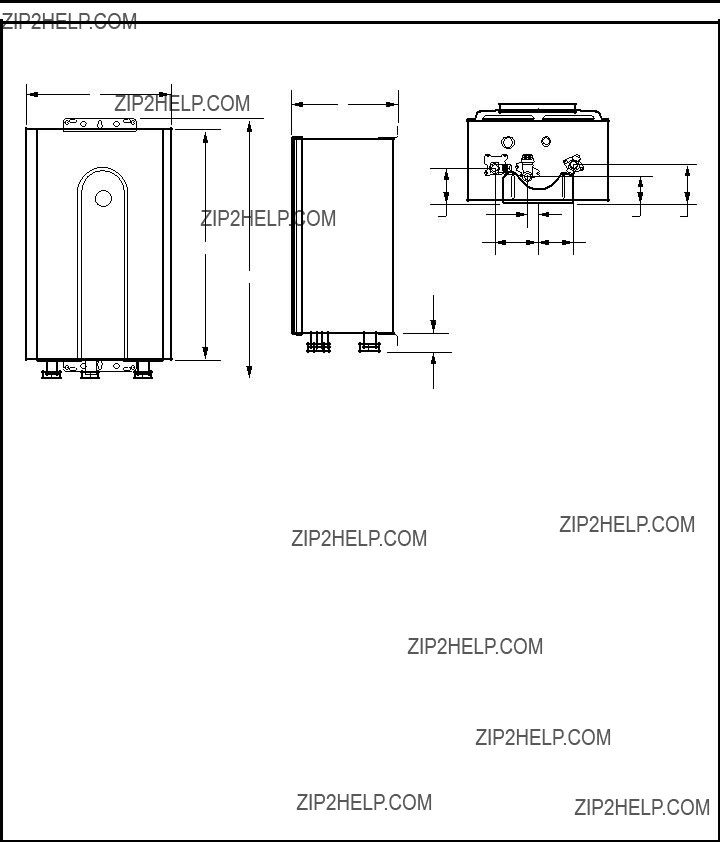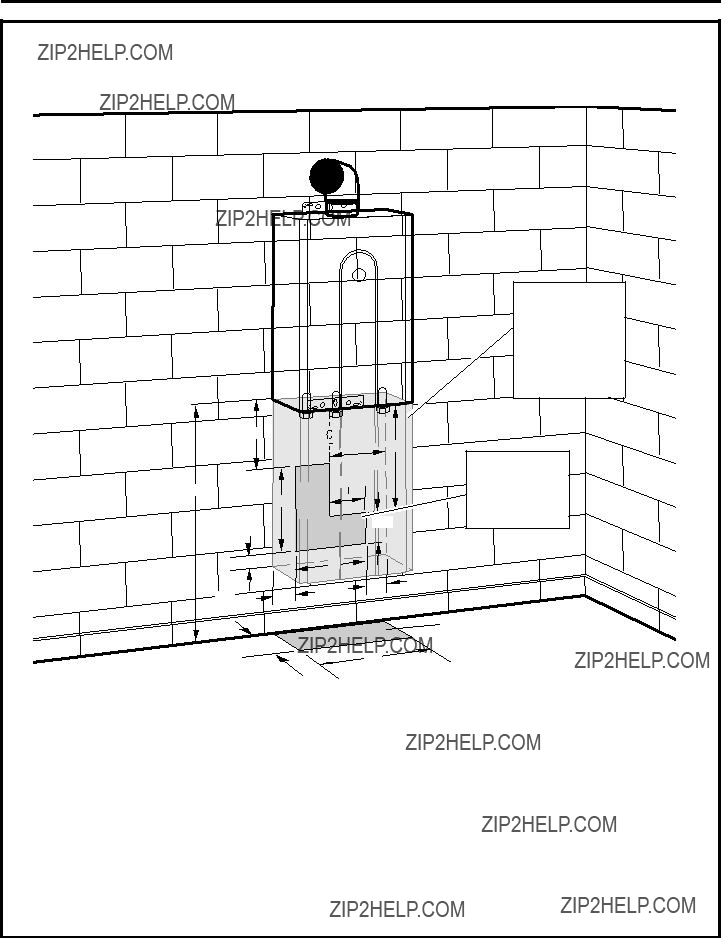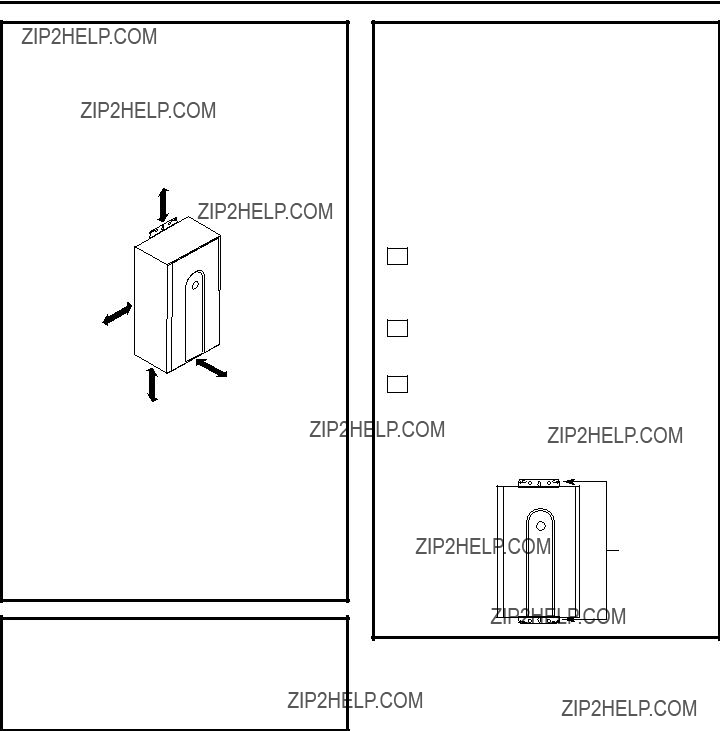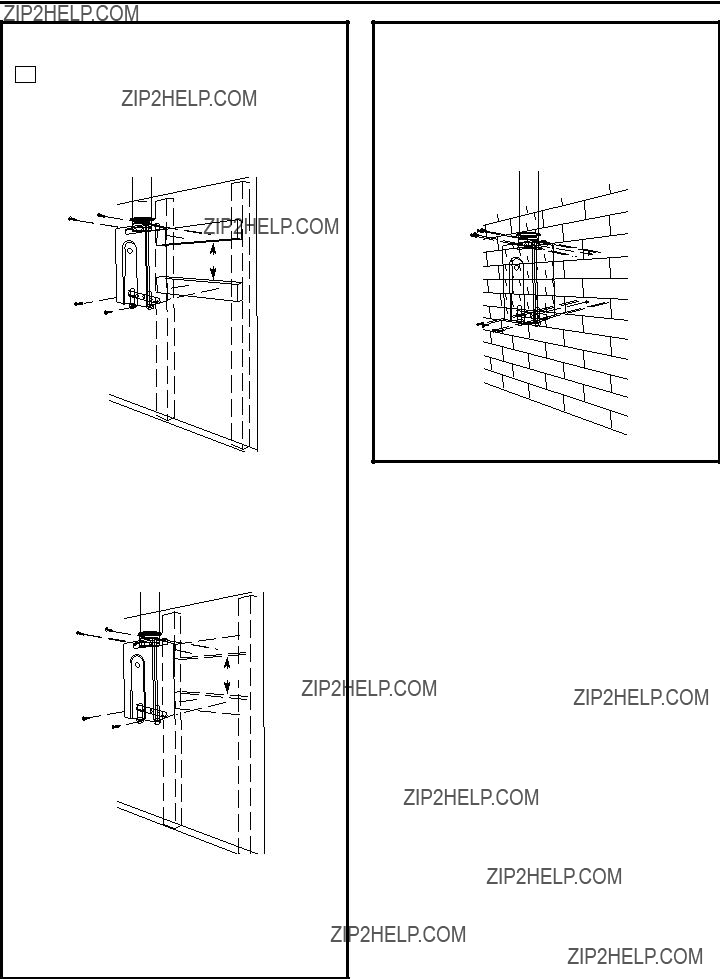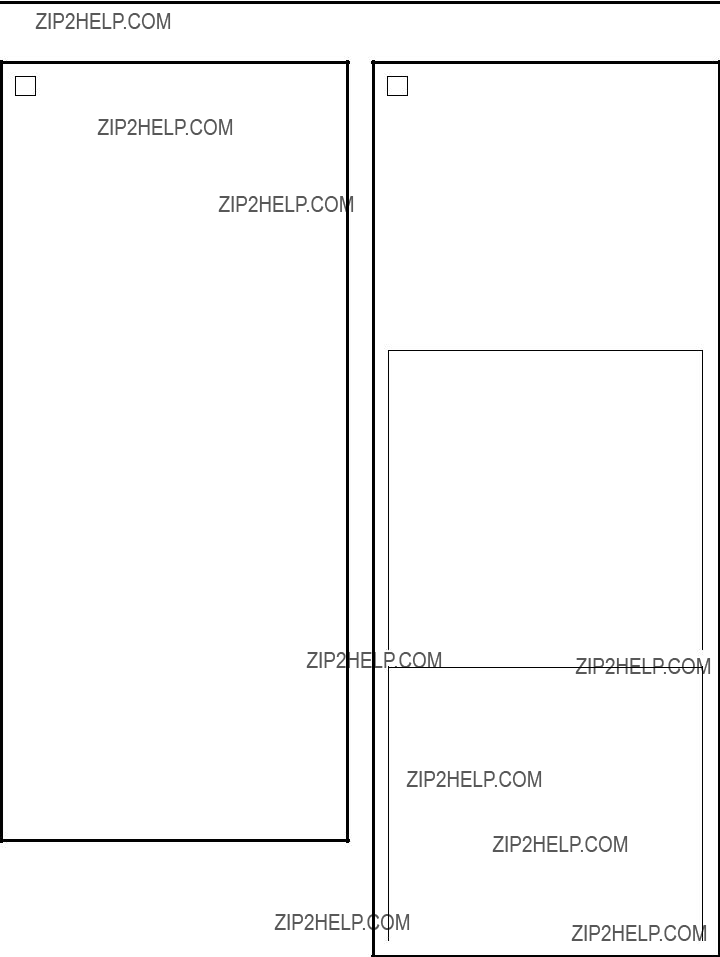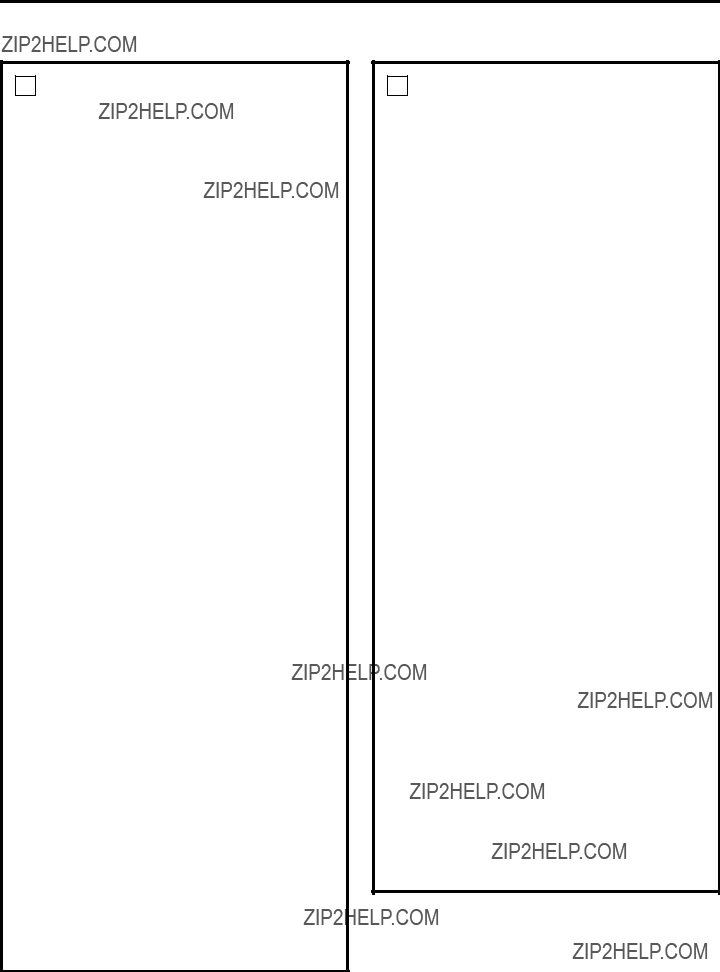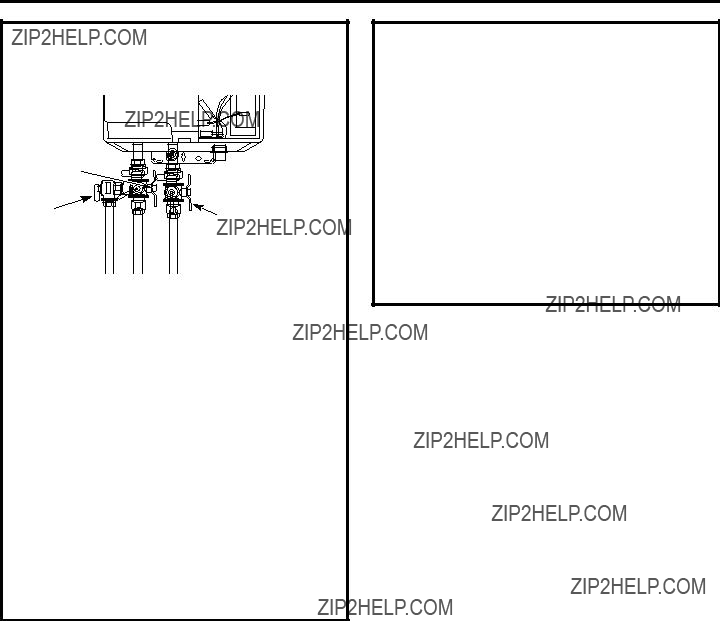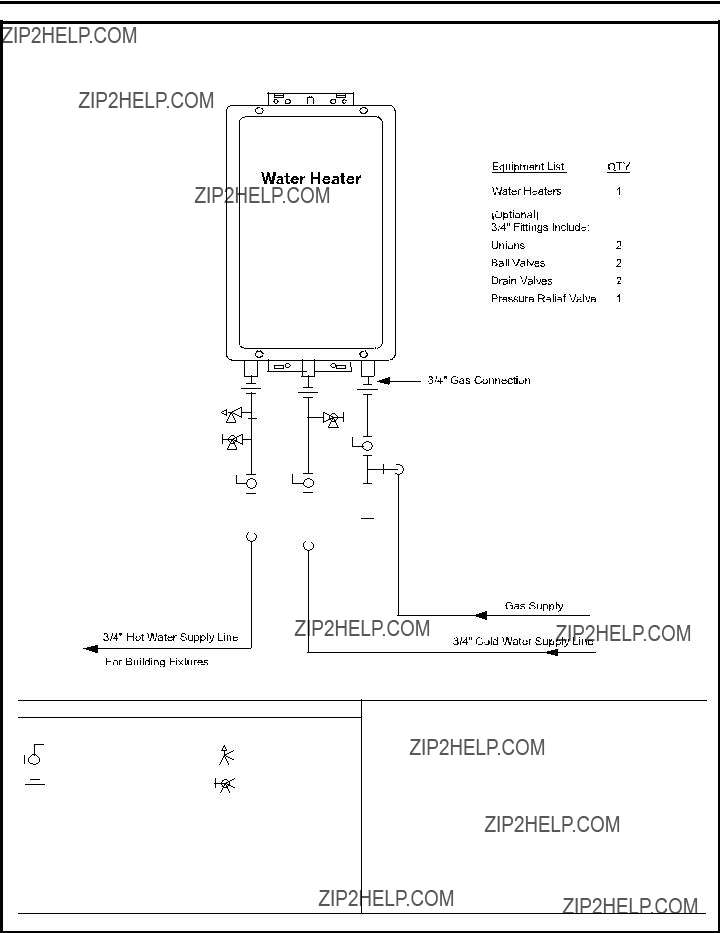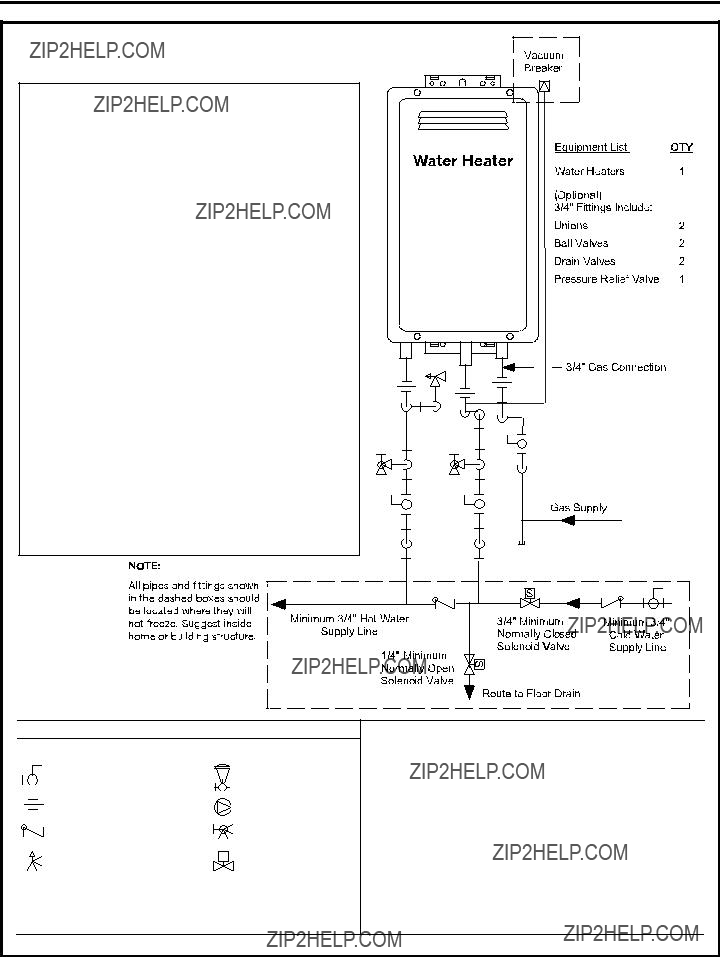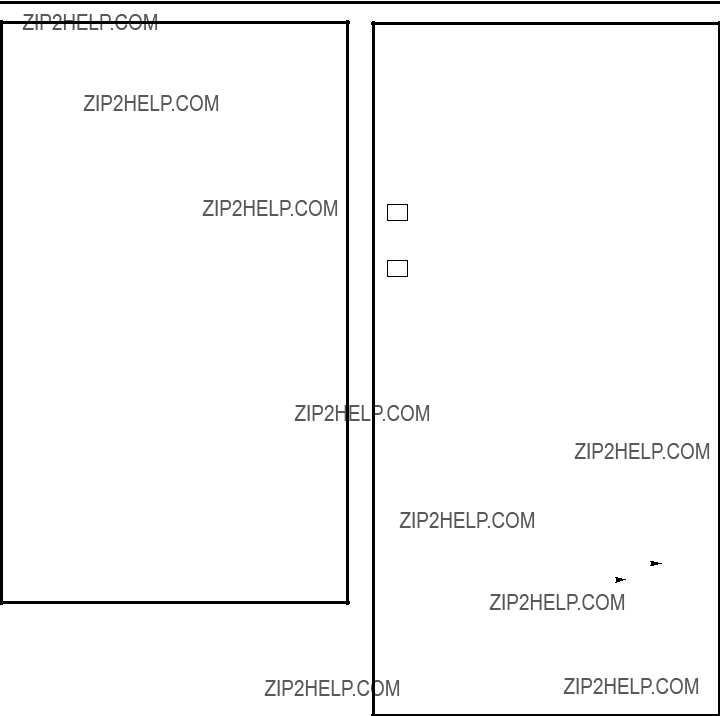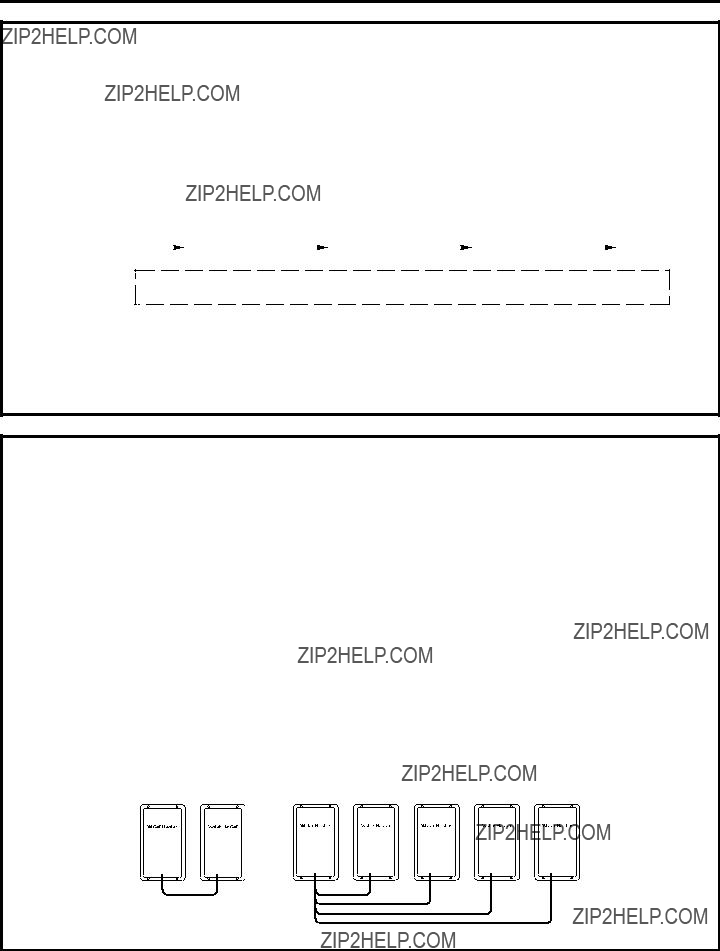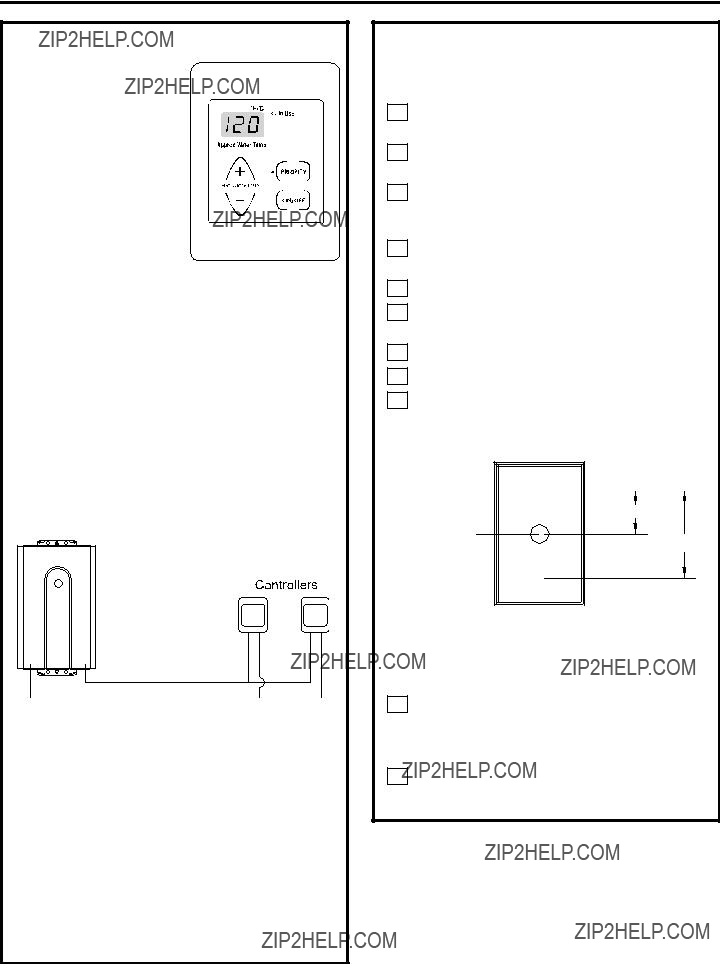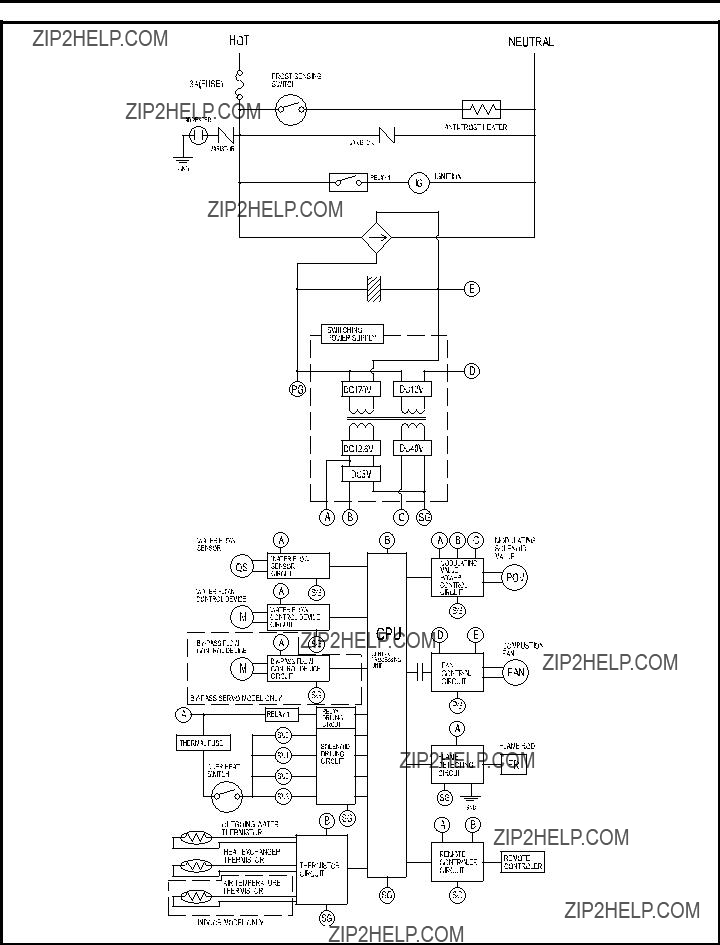
Installation Indoor Direct Vent Tankless WaterHeater
Instructions Models GN75DNSRSA, GN94DNSRSA, GP94DNSRSA
FOR INDOOR APPLICATIONS ONLY
 Questions? Call 888.HOTWTER (888.468.9837) or Visit our website at ge.com
Questions? Call 888.HOTWTER (888.468.9837) or Visit our website at ge.com
 WARNING: Read entire manual. Failure to follow all guides and rules could cause personal injury or property damage.
WARNING: Read entire manual. Failure to follow all guides and rules could cause personal injury or property damage.
???Check with your state and/or local public works department for plumbing codes. You must follow their guides as you install the Water Heater.
NOTE: Failure to comply with these installation instructions will void the product warranty, and the installer will be responsible for any service, repair or damages caused thereby.
BEFORE BEGINNINGINSTALLATION
Read these instructions completely and carefully.
??? IMPORTANT ??? Save these instructions for local inspector???s use.
??? IMPORTANT ??? Observe all governing codes and ordinances.
???Note to Installer ??? Be sure to leave these instructions with the Consumer.
???Note to Consumer ??? Keep these instructions for future reference.
???Proper installation is the responsibility of the installer.
???Product failure due to improper installation is not covered under the Warranty.
Recognize this symbol as an indication of Important Safety Information!
SAFETY PRECAUTIONS
 WARNING: If the information in these instructions is not followedexactly, a fire or explosion may result, causing property damage,personalinjury or death.
WARNING: If the information in these instructions is not followedexactly, a fire or explosion may result, causing property damage,personalinjury or death.
 FOR YOUR SAFETY!
FOR YOUR SAFETY!
???Do not store or use gasoline or other flammable vapors or liquids or other combustible materials in the vicinity of this or any other appliance. To do so may result in an explosion or fire.
???WHAT TO DO IF YOU SMELL GAS
???Do not try to light any appliance.
???Do not touch any electrical switch; do not use any phonein your building.
???Immediately call yourgas supplier froma neighbor???s phone.Follow the gas supplier???s instructions.
???If you cannotreach yourgas supplier, call the fire department.
???Do not return to yourhomeuntil authorized by the gas supplier or fire department.
???Improperinstallation, adjustment, alteration, service or maintenance can cause property damage, personalinjury or death. Refer to this manual. Installation and service must be performed by a qualified installer, service agency or the gas supplier.
???This water heater must be vented outdoors using approved ducting materials.
???Service information and wiring diagram are located behind front panel.
???Service must be performed by a qualified service agency.
???This appliance must be properly grounded and installed as described in these instructions.
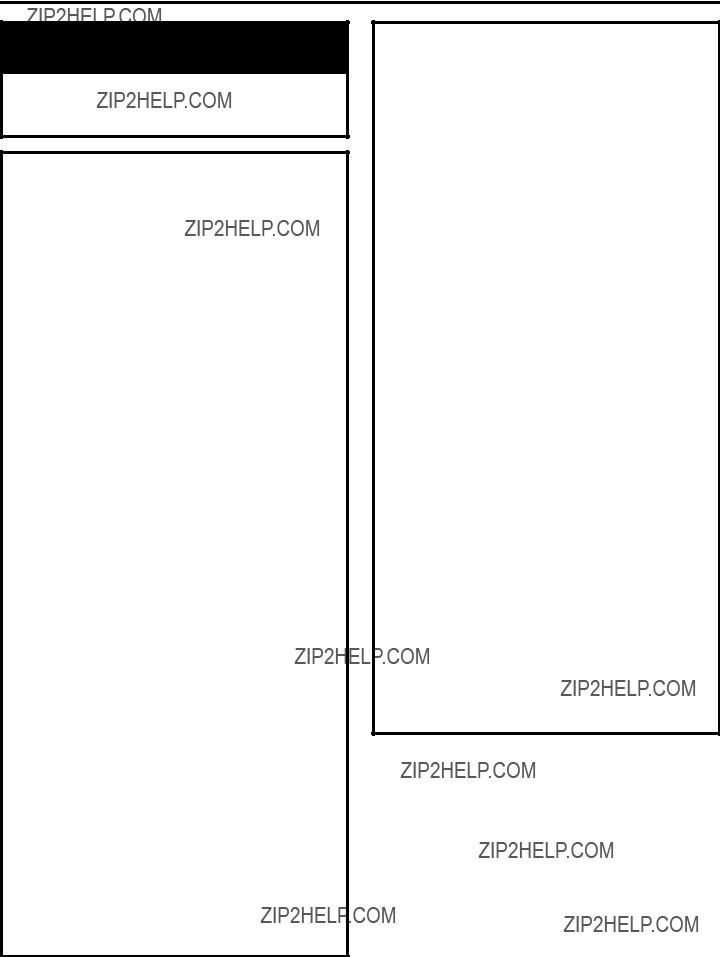
 DANGER
DANGER


